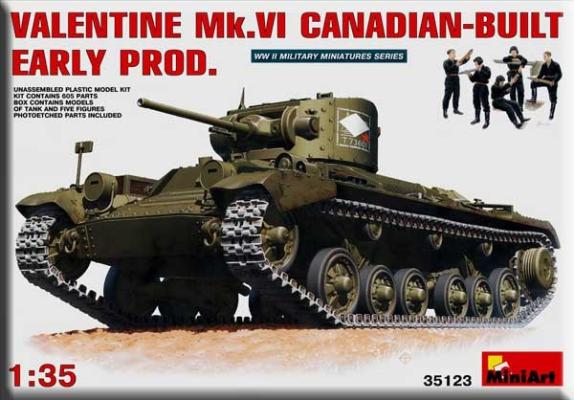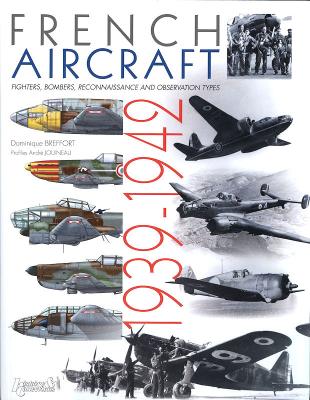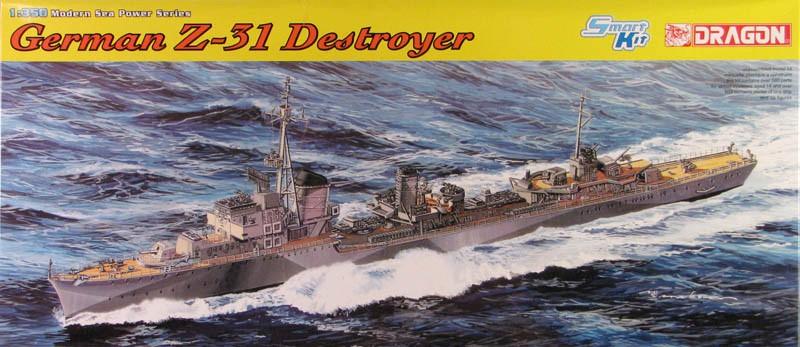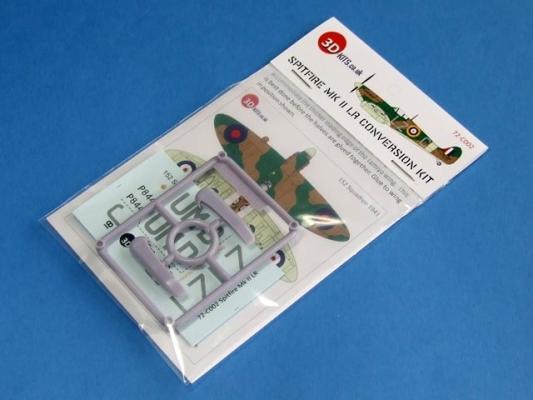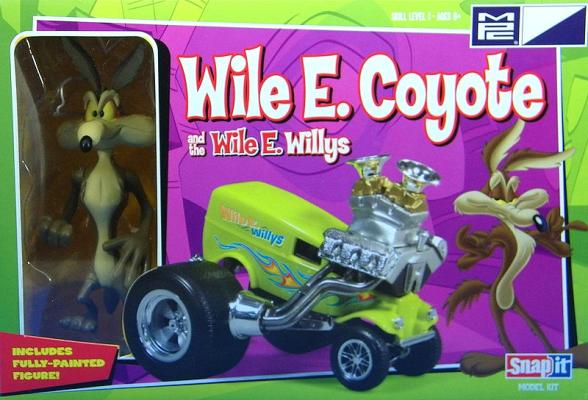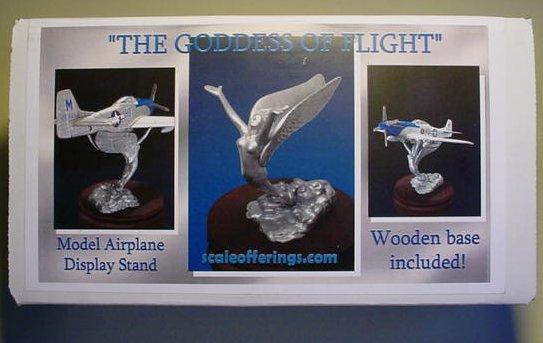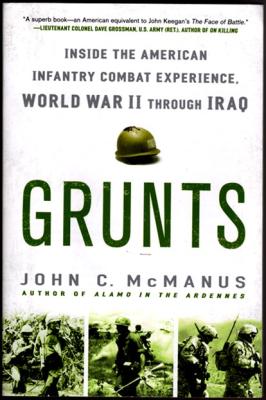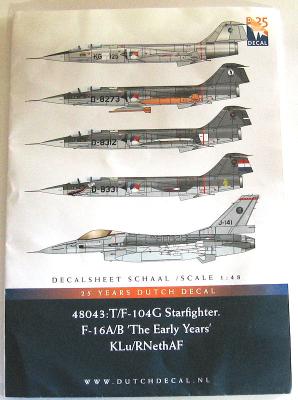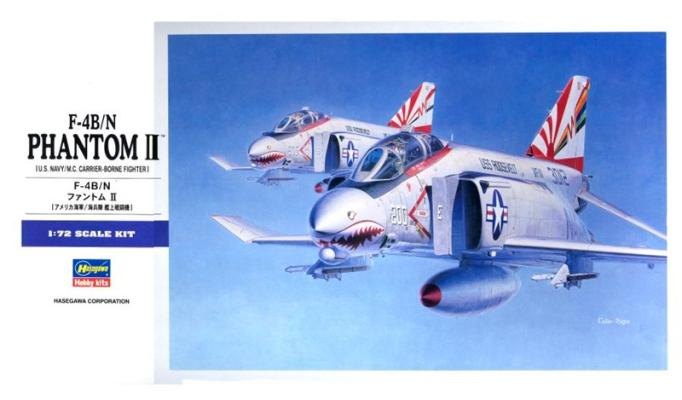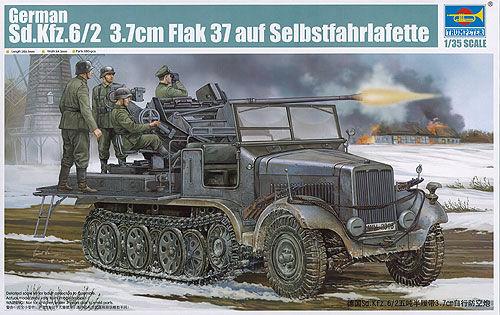History Brief:
Vickers-Armstrongs privately designed the Valentine. Based on the A-10 Cruiser tank it was submitted to the War Office on Feb 10 1938. The development team matched the lower weight of a cruiser tank to the suspension and transmission of the A10 heavy cruiser, with the superior armor of an infantry tank. The new design was easier to produce and cost less than the older Matilda tanks. The first Valentines used a gasoline engine with conventional steering. The Mark II used a diesel version of the engine while the Mark IV and later variants GMC diesels.

